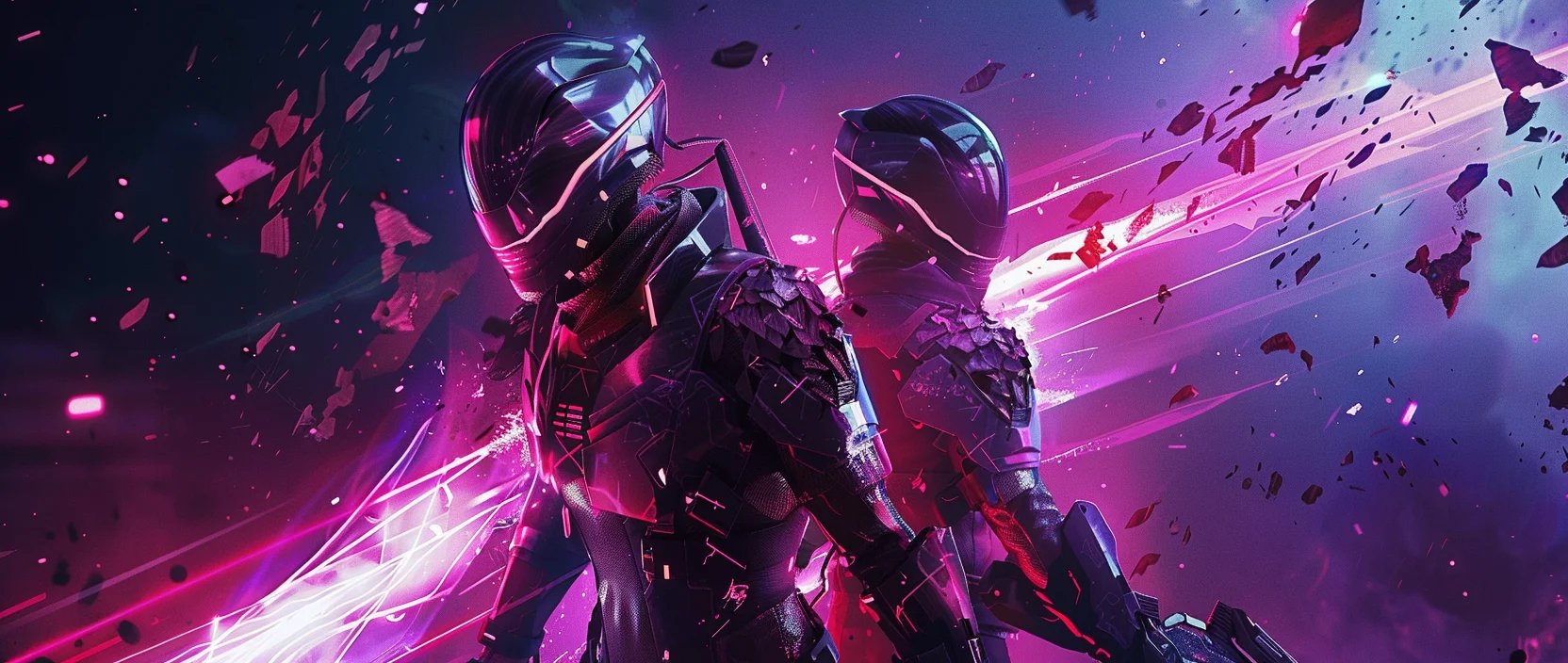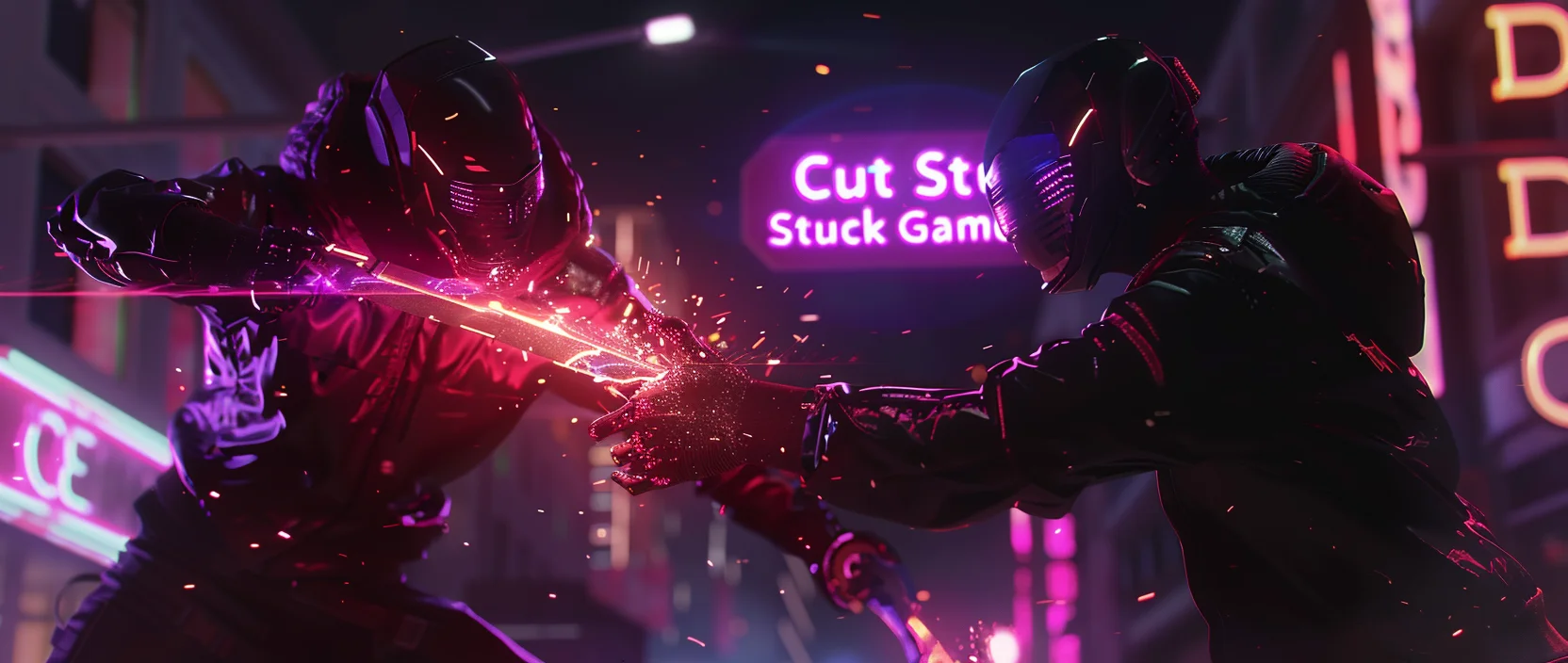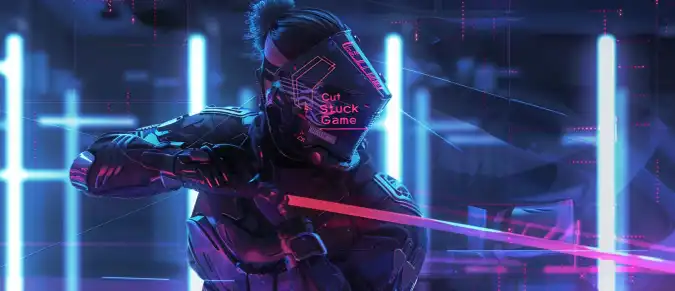In the world of Web3 gaming, projects that merge gameplay with digital economics are rapidly evolving. Cut Stuck Game is a Telegram-based blockchain game where users not only compete but also earn tokens and NFTs. With its low entry barrier and transparent blockchain infrastructure, the project aims to make decentralized gaming accessible to the masses. This article explores the game’s concept, technology, internal economy, and future prospects. The format is particularly noteworthy for combining familiar game mechanics with the principles of crypto-economics, bringing Web3 closer to everyday users. Moreover, the project is already building an active community of enthusiasts, indicating its growing potential.
Contents
- Concept and Mechanics of Cut Stuck Game
- Technological Structure and Blockchain Foundation
- Game Economy and Earning Mechanisms
- Comparison with Other Web3 Games
- Prospects and Risks of Cut Stuck Game
- Conclusion

1. Concept and Mechanics of Cut Stuck Game
Cut Stuck Game is a Web3 project integrated into the Telegram ecosystem through the CutStackBot. Unlike traditional games where all assets belong to developers, here every player fully owns their items stored on the blockchain. Players can earn tokens, NFTs, and in-game resources that can be traded, sold, or used across other Web3 projects.
The core concept is simple: users complete tasks, join tournaments, and compete for rewards. All interactions take place directly within the Telegram bot, with no need to download separate applications. This makes the game accessible even to beginners unfamiliar with cryptocurrencies. The underlying “play-to-earn” model ensures that every action in the game has both entertainment and economic value.
Cut Stuck Game stands out for using the Telegram bot as a central gameplay element, allowing players to engage quickly without technical complexity. This design lowers the entry threshold and makes the game attractive to a wide audience. It also emphasizes social interaction — users can invite friends, compete in leaderboards, and build their own mini-communities within the bot.
2. Technological Structure and Blockchain Foundation
From a technical standpoint, the project is built on smart contracts that automate transactions and ensure data integrity. Every part of the gameplay — from token distribution to NFT ownership — is recorded on the blockchain, guaranteeing transparency and eliminating manipulation risks.
Main components of the architecture include:
- Smart contracts — automate tasks such as reward distribution and transaction processing.
- Decentralized asset storage — every NFT or token is owned by the player, not stored on centralized servers.
- Telegram API integration — provides a responsive, user-friendly interface within the messenger.
- Crypto wallets — linked directly to users’ accounts for receiving on-chain rewards.
This architecture builds transparency and user trust — crucial for any game involving real-value assets. The Telegram API integration adds flexibility and scalability, while Web3 protocols simplify interactions between users and contracts. In the future, multi-chain support could allow players to choose the blockchain network in which to store their assets, further enhancing the project’s decentralization and interoperability.
3. Game Economy and Earning Mechanisms
The internal economy of Cut Stuck Game revolves around tokens and NFTs, forming a unified ecosystem of value. The model supports both active players and digital collectors. Below are the core mechanisms that shape its earning potential.
Main economic elements:
- Game tokens — earned through completing missions, winning events, or participating in tournaments; can be spent or exchanged for cryptocurrency.
- NFT assets — unique digital collectibles such as characters, tools, or skins with limited supply and tradable value.
- Tournaments and competitions — allow players to earn significant prizes by outperforming others.
- Fees and commissions — part of each transaction supports project development while rewarding users.
- Staking and holding — long-term token holders receive passive bonuses or rewards.
This economy is structured to encourage ongoing participation and balance incentives between developers and players. Rewards come not only from victories but also from engagement — trading NFTs, holding tokens, or staking assets. Developers maintain limited token emission and aim for price stability to prevent hyperinflation. Future updates may include DAO governance, enabling players to influence the project’s direction.

4. Comparison with Other Web3 Games
To understand Cut Stuck Game’s place in the Web3 industry, it’s useful to compare it with other blockchain-based games. The table below highlights key distinctions and advantages.
| Parameter | Cut Stuck Game | Typical Web3 Games |
|---|---|---|
| Access format | Telegram bot, no installation required | Standalone clients that require downloads |
| Gameplay type | Mini-games, tasks, and tournaments | Full-scale worlds or simulations |
| Asset ownership | Fully decentralized | Partially stored on internal servers |
| Entry barrier | Low, accessible via Telegram | Medium to high (requires investments) |
| Main focus | Simplicity, earning, and community | Gameplay depth and visuals |
Compared to its peers, Cut Stuck Game offers a streamlined, user-friendly experience. While many blockchain games overwhelm users with technical barriers or costly setups, this project prioritizes accessibility and community growth. Such an approach helps attract a wider audience and ensures stability amid shifting market conditions.
5. Prospects and Risks of Cut Stuck Game
Cut Stuck Game presents a promising model for blockchain gaming — simple, interactive, and profitable. It appeals to both Web3 newcomers and experienced players seeking an easy way to monetize their gaming time. With Telegram as its primary platform and a low entry threshold, the game has the potential to attract a massive user base. If the developers maintain transparency and steady growth, the project could secure a strong position in the GameFi ecosystem.
However, several risks remain, including legal uncertainty, economic instability, and potential technical vulnerabilities. Regulatory changes affecting tokens or NFTs, a decline in user engagement, or flaws in smart contracts could hinder progress. Despite these challenges, Cut Stuck Game holds strong growth potential. Its blockchain integration, community-driven focus, and simple gameplay make it competitive within the Web3 market. The key challenge for the team is to balance entertainment and sustainable economics.
6. Conclusion
Cut Stuck Game successfully merges the simplicity of a Telegram interface with the capabilities of Web3 economics. It creates an ecosystem where every player can truly own digital assets and earn rewards for active participation. Despite certain risks, the project represents an important step toward the decentralization of online entertainment.
By combining accessibility and advanced blockchain technology, Cut Stuck Game could become a major milestone in the evolution of Telegram-based Web3 games. Continued feature development, gamification, and community engagement will be key to its long-term success. With potential future additions like multi-chain support and expanded NFT functionality, Cut Stuck Game exemplifies how blockchain can integrate seamlessly into casual gaming and everyday digital experiences.




